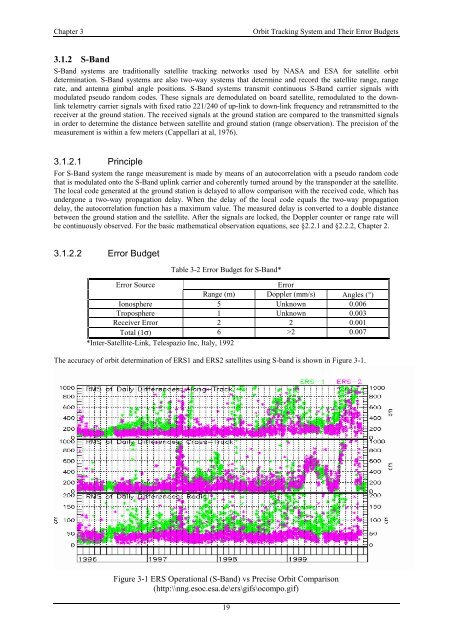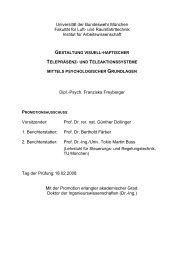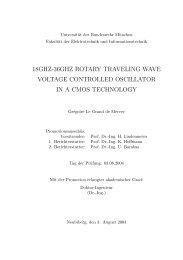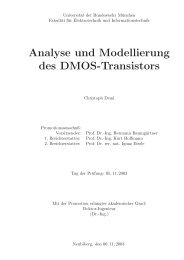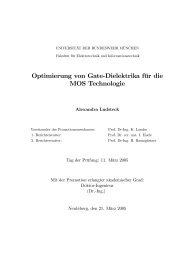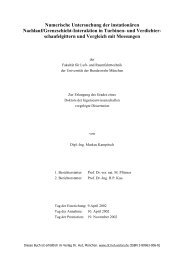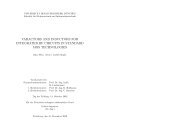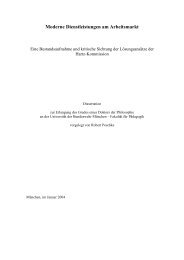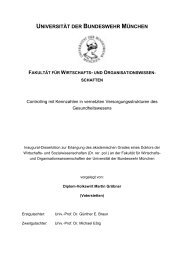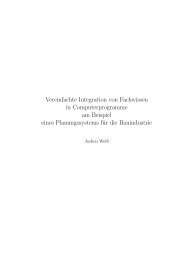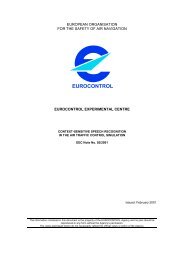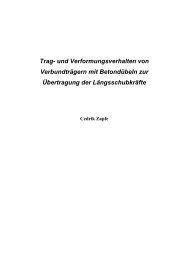Precise Orbit Determination of Global Navigation Satellite System of ...
Precise Orbit Determination of Global Navigation Satellite System of ...
Precise Orbit Determination of Global Navigation Satellite System of ...
You also want an ePaper? Increase the reach of your titles
YUMPU automatically turns print PDFs into web optimized ePapers that Google loves.
Chapter 3 <strong>Orbit</strong> Tracking <strong>System</strong> and Their Error Budgets<br />
3.1.2 S-Band<br />
S-Band systems are traditionally satellite tracking networks used by NASA and ESA for satellite orbit<br />
determination. S-Band systems are also two-way systems that determine and record the satellite range, range<br />
rate, and antenna gimbal angle positions. S-Band systems transmit continuous S-Band carrier signals with<br />
modulated pseudo random codes. These signals are demodulated on board satellite, remodulated to the downlink<br />
telemetry carrier signals with fixed ratio 221/240 <strong>of</strong> up-link to down-link frequency and retransmitted to the<br />
receiver at the ground station. The received signals at the ground station are compared to the transmitted signals<br />
in order to determine the distance between satellite and ground station (range observation). The precision <strong>of</strong> the<br />
measurement is within a few meters (Cappellari at al, 1976).<br />
3.1.2.1 Principle<br />
For S-Band system the range measurement is made by means <strong>of</strong> an autocorrelation with a pseudo random code<br />
that is modulated onto the S-Band uplink carrier and coherently turned around by the transponder at the satellite.<br />
The local code generated at the ground station is delayed to allow comparison with the received code, which has<br />
undergone a two-way propagation delay. When the delay <strong>of</strong> the local code equals the two-way propagation<br />
delay, the autocorrelation function has a maximum value. The measured delay is converted to a double distance<br />
between the ground station and the satellite. After the signals are locked, the Doppler counter or range rate will<br />
be continuously observed. For the basic mathematical observation equations, see §2.2.1 and §2.2.2, Chapter 2.<br />
3.1.2.2 Error Budget<br />
Table 3-2 Error Budget for S-Band*<br />
Error Source Error<br />
Range (m) Doppler (mm/s) Angles (°)<br />
Ionosphere 5 Unknown 0.006<br />
Troposphere 1 Unknown 0.003<br />
Receiver Error 2 2 0.001<br />
Total (1σ) 6 >2 0.007<br />
*Inter-<strong>Satellite</strong>-Link, Telespazio Inc, Italy, 1992<br />
The accuracy <strong>of</strong> orbit determination <strong>of</strong> ERS1 and ERS2 satellites using S-band is shown in Figure 3-1.<br />
Figure 3-1 ERS Operational (S-Band) vs <strong>Precise</strong> <strong>Orbit</strong> Comparison<br />
(http:\\nng.esoc.esa.de\ers\gifs\ocompo.gif)<br />
19


